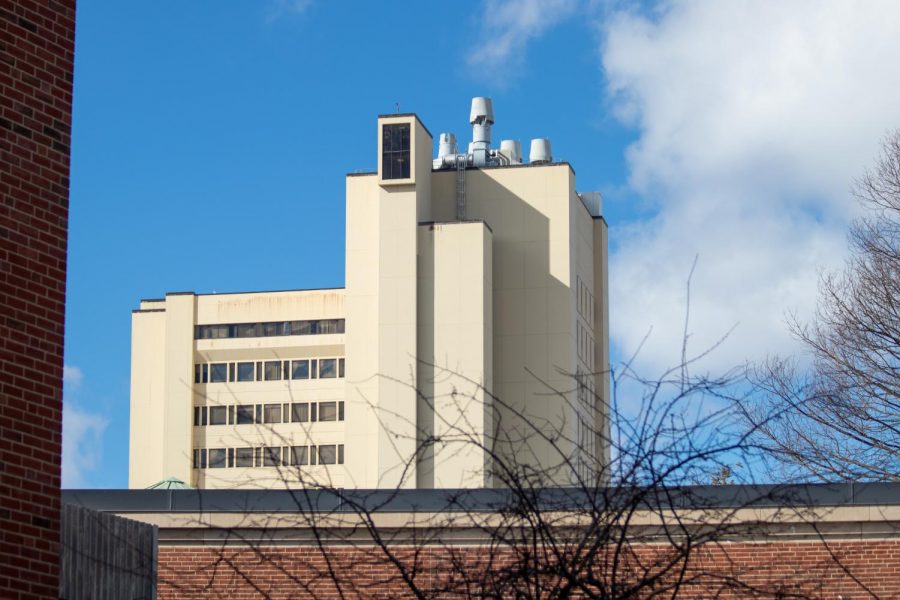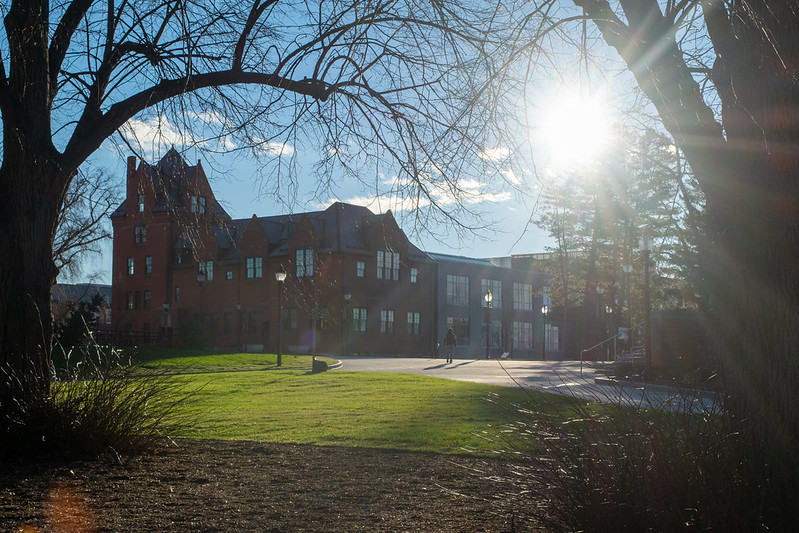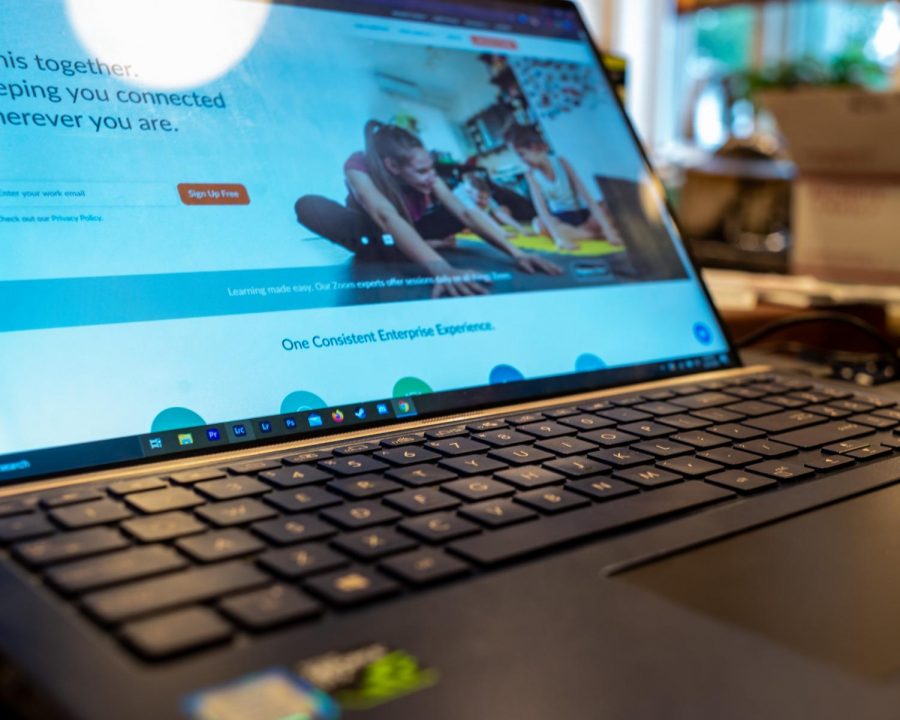
A notable difference between a typical college student and elementary school child – aside from their height – is their differing personal relationships with physical activity.
Exercise is seamlessly incorporated into the glorious days of childhood – when walking to school, playing four square and doing handstands against your bedroom door are natural ways to spend free time. As the years pass, friendly games in turn become competitive team sports with grueling practices that are attended out of obligation rather than by choice. At some indefinable point as one reaches the brink of adulthood, exercise suddenly becomes a chore, much like homework, cleaning and doing laundry.
The gym has become an increasingly popular venue among American adults over the past several decades, providing the space and equipment for physical activity not otherwise permitted by our climate and lifestyle. As convenient a solution as gyms may seem to bodily idleness, the problems persist; exercise requires one to make the conscious choice to take two hours out of their busy day to change their clothes, stuff them in a locker, engage in mechanical body movement and work up a sweat.
My own grown-up relationship with exercise began fairly recently. Unlike many of my classmates, I never participated in a team sport in high school. The extent of my regular physical activity was walking to school and playing basketball in my driveway. I disliked competitive sports, and the prospect of using a fitness machine seemed dull and silly to me.
Upon arriving at the University of Massachusetts, however, I learned that my freshman dormitory, Webster Hall, had a gym conveniently located on its first floor (which has sadly since closed). I had no more excuses, so one evening I left the comfort of my room, walked downstairs and stepped on an elliptical.
I have since become a regular exerciser, and now have the hindsight to make sense of my original apathetic attitudes toward physical activity. Obviously, riding an elliptical is not as exciting as playing a game of four square. But we’ve all heard by now that anyone can find a form of exercise that they enjoy, whether it be jogging, badminton or Nordic walking.
Rather, my initial lack of motivation to exercise had deeper roots. I was trapped in the narrow societal perception of exercise that focuses on its benefits solely in regard to body image rather than overall physical and mental wellness.
The media promotes the practice of exercise as a quick solution to attaining a more refined physical appearance. Tabloids encourage their readers to approach physical activity on the pretense of burning calories and toning specific muscle groups. The perception of exercise as a means to build muscle and lose weight, while partially true, is overly simplistic and ultimately alienating. Such a view creates the false impression that exercise is intended for those dissatisfied with their bodies rather than for common, non-competitive people simply looking to maintain good physical and mental health.
Moreover, the media’s obsession with hard abs and toned arms causes it to overlook equally significant, scientifically proven benefits of exercise. According to MayoClinic.com, exercise boosts energy, improves mood and learning, strengthens the immune system, builds self-esteem and enhances one’s ability to fall asleep. Since becoming a regular exerciser, I have reaped these benefits and they have become a greater motivation to maintain my workout routine than any number on a scale or photo-shopped magazine cover.
A sample class description at the UMass Recreation Center reads: “Get an amazing workout for your butt, arms and abs with this high-energy, action-packed class! Learn the best moves to tone and tighten all the right places.” My personal experience taking the class has proven that an alternative description – “Increase your self-esteem, ability to focus and over-all positivity levels” – would be just as truthful.
The timely start of the spring semester in conjunction with the new year marks an optimistic time for college students, filled with promise for reinvention and change. The Rec Center sees a visible surge in participation over the first few weeks. However, these numbers gradually return to their original levels as the old excuses prevail: people are too busy to maintain an exercise routine or deem it tedious and inconvenient.
Convincing as these excuses are, a loss of motivation is more likely due to one’s flawed perception of exercise and its broader role in American life. The key to attaining a long-term love of physical activity is to disassociate it from matters of weight loss and bodybuilding and to consider its benefits in regard to short-term and long-term physical health, stress management, productivity and mood.
Picture the scenario of a student running on a treadmill. Some people will imagine a sweaty, miserable person perpetually struggling to lose those last five pounds. Others will see a content individual enjoying her quality time with her iPod and looking forward to the state of euphoric alertness she will attain with some temporary sweat and discomfort. The ability to view the student through the latter lens indicates a positive and sustainable view of exercise that in turn fosters its long-term practice.
A societal paradigm shift needs to occur where exercise begins to be viewed not as a necessary burden to lose weight and tone muscle, but as a recreational activity for a healthy, productive and enjoyable life. This change in attitude can have far-reaching implications on both an individual and communal level. I can only imagine a world where everyone is perpetually high on endorphins.
Merav Kaufman is a Collegian columnist. She can be reached at [email protected].

















